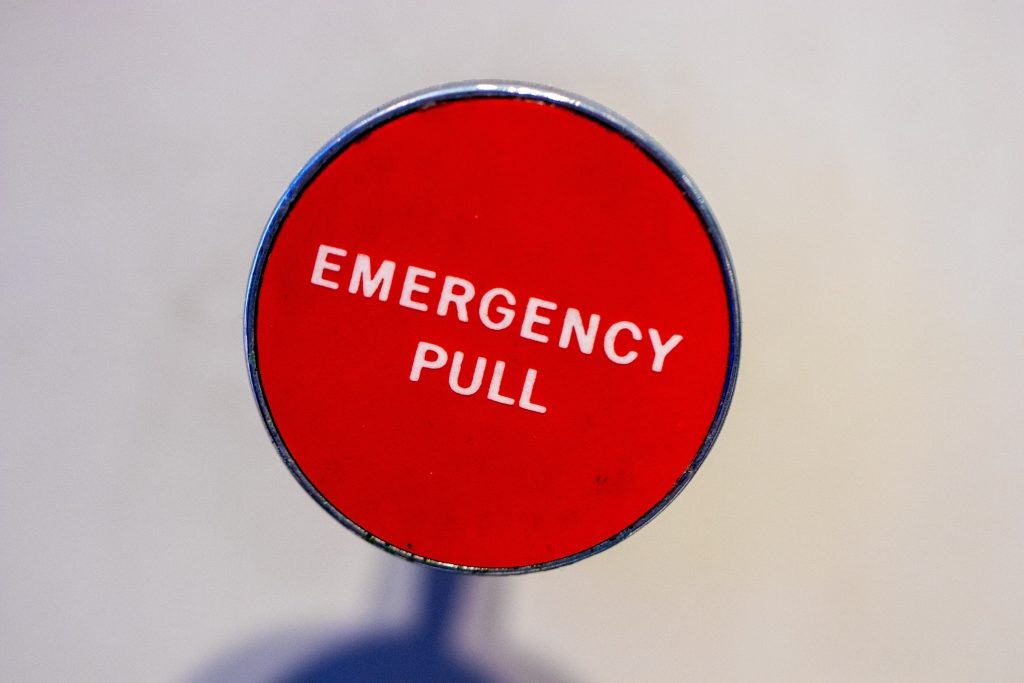Key things to consider and implement before launching an emergency appeal
As I sit here on Monday evening catching up on the latest developments surrounding COVID-19 in the UK and overseas, I can’t help wondering what the future holds for our incredible charities, supporting beneficiaries near and far. The overwhelming majority of charities will have seen an acute and immediate drop in income as events were canceled and corporate volunteering days postponed. At the same time, the need for their services could not be greater, one mental health charity we are working with has seen calls to its hotline increase by 30% over the last few weeks, I have no doubt, this is a story that is repeated in countless charities.
During this unprecedented time, we are seeing many charities launch emergency appeals. An emergency appeal is not something to be done lightly as if executed badly it can harm long term funding and brand reputation.
At Ashby Jenkins Recruitment we genuinely want to support the sector, not only by recruiting fundraising professionals but also with useful content, so I thought it would be useful to offer some guidance to smaller charities that might be considering launching an appeal. I have therefore spent the last week speaking to fundraisers with experience of managing emergency appeals to provide you with some of the key factors that need to be considered.
As well as identifying some of the key considerations, we have also provided thoughts on; how to convey urgency in your messaging; what the best channels to use are; what are the best times of day / or best days to launch your appeal might be and finally how to manage your appeal and maintain focus.
We have put this blog together with the small charity in mind, I dearly hope it is of use over the coming weeks and possibly months:
Key Considerations
It’s always worth taking a step back to consider if an emergency appeal is the right course of action.
As an organisation you must be clear on why you are launching; what is the unmet need and what are your options for meeting it? At the moment, lots of charities are launching appeals related to COVID-19; some are existential; aiming to plug the income gap caused by the current situation, and others aim to meet the humanitarian need caused by the pandemic. Internally and externally, you need to be clear on what the unmet need is. Consider if it should it be a specific fundraising initiative targeted at certain audiences, or whether their space in the market for a multi-channel appeal if you have greater brand awareness.
Ask yourself, do you have the staff capacity for the option you’ve chosen? Is there an appetite for it at the board level?
How will the option you’ve chosen impact any other planned fundraising activity? While emergency fundraising is often reactive and fast-paced, it should be considered alongside, and ideally, complement your organisation’s longer-term fundraising plans.
Are the funds you are raising restricted or unrestricted? How will you make this clear to donors, and report back to them on how the money has been used?
You must have answers and consensus on all these questions before you press GO.

How to convey urgency in your messaging – without looking too panicked!
Try to rely on facts rather than inflammatory language, in times of crisis people often respond better to quantitative information. How many additional people have called your helpline? How many additional school meals do you need to provide for example?
While it’s important to convey urgency, remember your organisation’s brand and tone-of-voice out of emergency mode; consistency will resonate with warm supporters and help you retain new ones.
Remember, if your appeal is linked to a known crisis, like the COVID-19 pandemic, urgency will be already be implied. If other charities have launched before you, look at the language they have used, and see how you can diversify.
Use your messaging to link the situation to your specific need, and why it is urgent. For example, in Oxfam’s report: Who Takes the Heat? linked the known global climate crisis to the context of the vulnerable communities with which they work.
What are the best channels to use and do these differ between charities?
The fundraising channels you use will differ based on the aims of your appeal and your charity’s scale and budget. Warm supporters are always a sensible starting point; email (tailored and mass) and organic social are quick-wins to promote your appeal to warm supporters.
If you choose to use paid social and paid search, these can open up new audiences and acquisition opportunities, but return-on-investment rates will need close monitoring, and costs of using these will increase with the competition.
It’s also worth considering what will help you get cut-through; smaller regional charities might pursue local media or celebrity links for example.
Best times of day / or best days to launch the appeal
This will vary based on your target audience; if you’re primarily reaching out to corporate donors, for example, it’s best to do this during the working week. If you’re more focused on mass-audiences, the current silver lining is that lots of people have more time to scroll social media and check their emails at the moment, so timing may not be such an issue. It’s also worth keeping an eye on social media and what’s trending, to identify apt moments to launch or promote your fundraising.
From an operational perspective, you should aim your activity for times when staff will be working (or available on-call) to monitor and optimise performance on different channels.
Managing your Appeal
Once the initial momentum of launching an appeal has worn off, it’s important to keep teams motivated, informed and thinking strategically. Keep an issue log; if blockers are emerging, record these in one place, as well as steps and actions to mitigate, and when they are resolved. This will help you address them methodically, but you can also refer back to it when you come to evaluate the appeal or plan your next one (heaven forbid!).
If you’re working in a team to deliver the appeal, make sure you have an internal lead who keeps sight of the numbers and can share regular updates. Hold daily update meetings (virtually, of course!) to report on progress and address any queries or blockers. Make sure these are attended by colleagues from enabling functions as well as front-line fundraisers (especially important if you are delivering your appeal across different channels or teams).
If you’re working in a smaller organisation, you can still closely monitor and evaluate the performance of your appeal and do seek regular check-ins and input from other colleagues as needed.
In summary, emergency appeals when done well will be relatable and relevant to target audiences, can fill funding gaps and acquire new supporters. But the most successful emergency fundraising requires planning and a clear understanding of aims and objectives.

I would like to thank Rozie Corbett, Planning and Operations Lead who currently works for the International Rescue Committee. Rozie previously oversaw the emergency appeals for British Red Cross and she provided excellent insight for this post.
The charity sector is one that I am immensely proud to be a part of and it is in times like this that it comes into its own.
Keep up your amazing work.
Lucy

